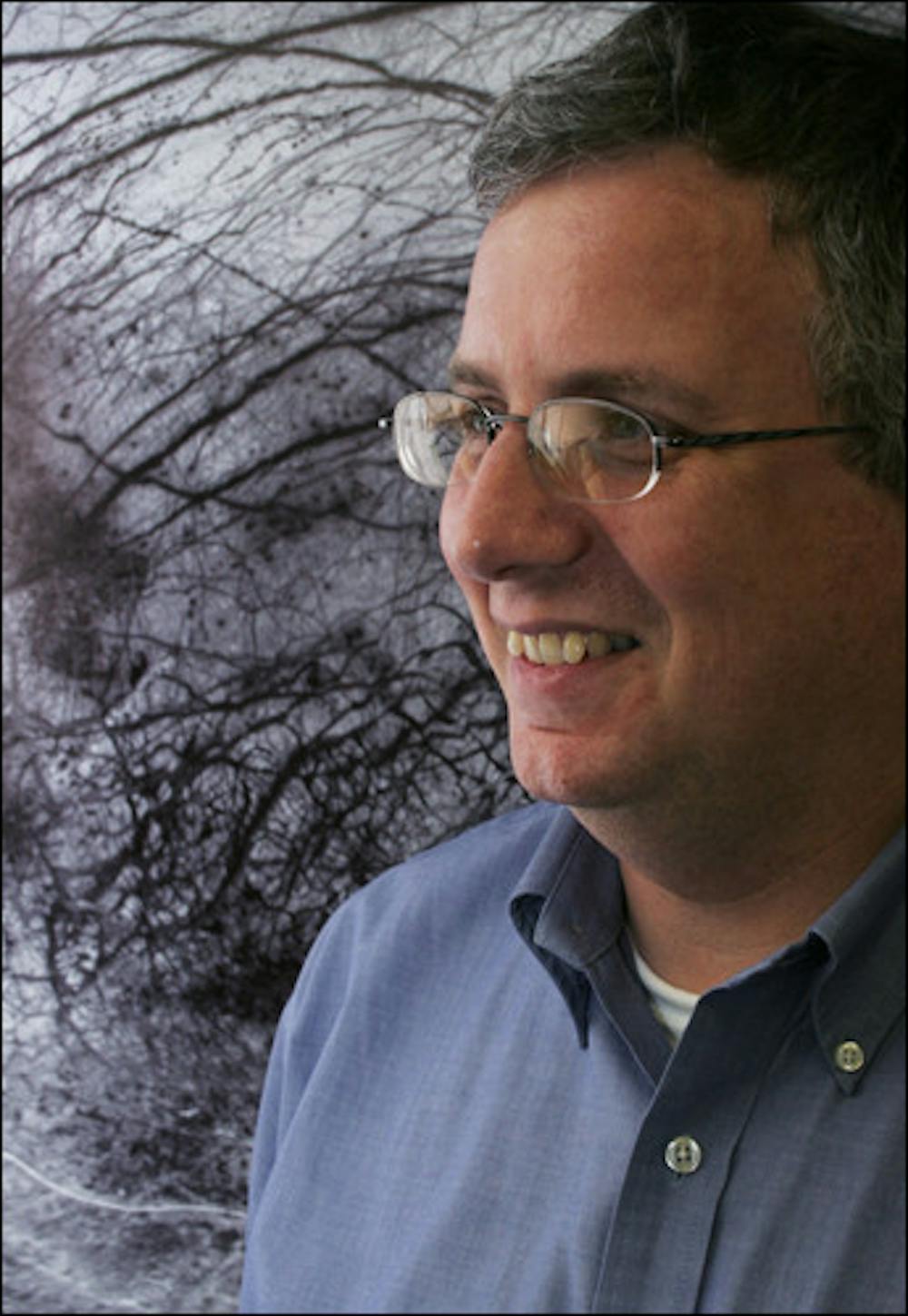ASU researchers are working to improve the criteria used in the search for extraterrestrial life on other planets.
ASU has been chosen as one of 10 teams in the NASA Astrobiology Institute, a division of NASA’s astrobiology program developed in 1998.
ASU researchers will work with universities across the country and NASA research centers and laboratories. The 10 teams were given a total of $70 million in grant money to use for research over the next five years.
“One of the most important drivers for exploration of the solar system is to answer the question of whether or not life is unique to our planet,” said Kip Hodges, the director of the School of Earth and Space Exploration, in an e-mail.
“The NASA Astrobiology Institute is designed to explore these possibilities and, moreover, to encourage fundamental studies of the conditions that led to the origin of life on our home planet: Earth,” he said. “It’s great that we can collaborate with other research groups on these problems through this institute.”
ASU’s involvement with the project was announced last week. Research will begin in January 2009 and will run for five years.
Ariel Anbar, the project’s principal investigator and a professor in the School of Earth and Space Exploration, said the search for water as a criterion for life on other planets as too vague. The list of planets containing liquid water is expanding faster than can be explored, so the presence of water on a planet can no longer serve as criterion for determining life.
“The basic idea is narrowing the search space by focusing on the chemical elements in biology, using three main components,” Anbar said.
The first component uses the science of biology, mostly through laboratory work and research. The second component focuses on the abundance of elements inside and outside of our solar system, combining the uses of chemistry and planetary science through fieldwork. The third component involves the production and distribution of elements using astrophysics, a branch of astronomy that deals with the physical properties and chemical composition of the universe.
Anbar said that the team would focus on searching for simple cell microorganisms and would also work to better understand the chemical elements in biology and the requirements needed for life on other planets.
“We will search sites where there is a lot of bacterial life and study what controls their use of chemical elements,” Anbar said. “We’re not focusing on a particular location, but more of a general content.”
Third year graduate student Jennifer Glass, who was involved in writing the grant proposal and helped generate ideas for the grant money, said ASU’s team is interdisciplinary.
“We’re all coming together as astronomers, geologists, chemists, biologists, oceanographers and astrophysicists to explore the elemental composition of life as we know it on Earth,” Glass said.
ASU’s team will be working with researchers from partner institutions and centers including Universities in California, Texas, Illinois and New Mexico, as well as NASA’s Goddard Space Flight Center and the Australian Centre for Astrobiology at the University of New South Wales.
Anbar attributes the success of this grant in part to the 1999-2004 ASU NASA Astrobiology Institute team led by Professor Jack Farmer.
“ASU developed a strong reputation in the field of astrobiology research because of that program,” Anbar said. “Among other things, it attracted more faculty to ASU who were capable researchers in astrobiology.”
Reach the reporter at allison.carlin@asu.edu.




